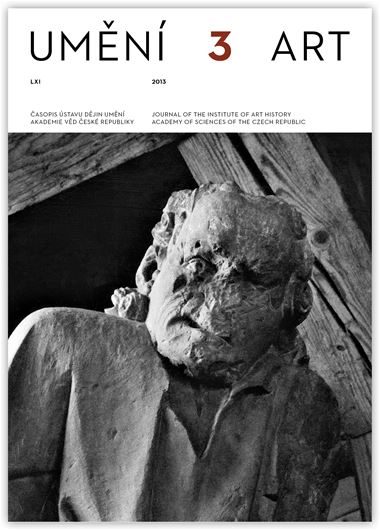Tibor Nemeš
Víra v nevyhnutelnost. Karel Teige a geneze minimálního obydlí
In order to understand what motivated Karel Teige to dismiss the Baba residential exhibition colony it is necessary to examine the evolution of his opinions on housing. In the second half of the 1920s Teige began to study the issue of modern housing. His outlook was first influenced by the theories of Le Corbusier, and later he came to identify with the ideas of radical left-wing architects. In 1929 he went to Bauhaus at the invitation of its director Hannes Meyer and there gave a series of lectures on architecture. After returning home he published two papers, ‘On the Sociology of Architecture’ and ‘Architecture and the Class Struggle’, in which he argued that the right way of overcoming the existing housing shortage was not by making smaller copies of the flats of the bourgeoisie. Teige believed that the employment of women in industry would lead to the breakdown of the proletarian family. Housing needs could then be addressed by accommodating people in individual ‘cells’ for sleeping in, while the other functions of the household could be seen to in a collective area. In the summer of 1930 he wrote ‘The Minimum Dwelling and the Collective House’ for the third CIAM congress in Brussels. The housing of the future began to assume concrete form. The plan was to group sleeping cells into residential ‘hives’, each of which would contain collective facilities, including children’s homes, thus forming a genuine ‘residential factory’. In 1932 Teige published the book The Minimum Dwelling, in which he summed up his findings on the issue of working-class housing. That same year he completed his manuscript for the book The Work of Jaromír Krejcar, and one of the things he addressed in it was the family home, which he declared to be an obsolete phenomenon. He applied this same critical outlook in his assessment of the Baba residential model housing colony.
Full-text in the Digital Library of the Czech Academy of Sciences:
https://kramerius.lib.cas.cz/uuid/uuid:e8a567a1-a9de-4897-8520-aa5c60be0b37
< back

